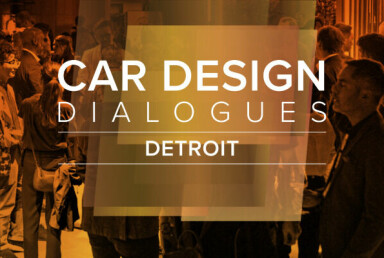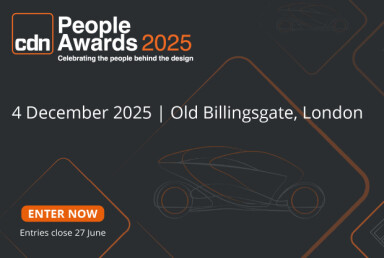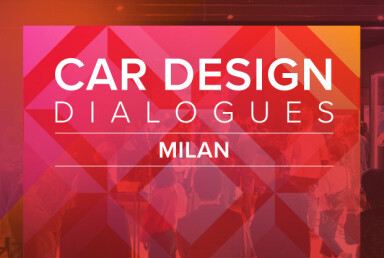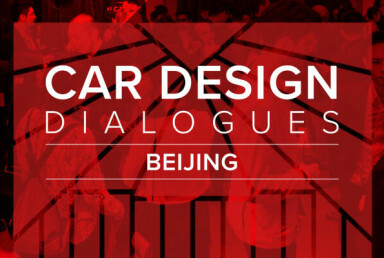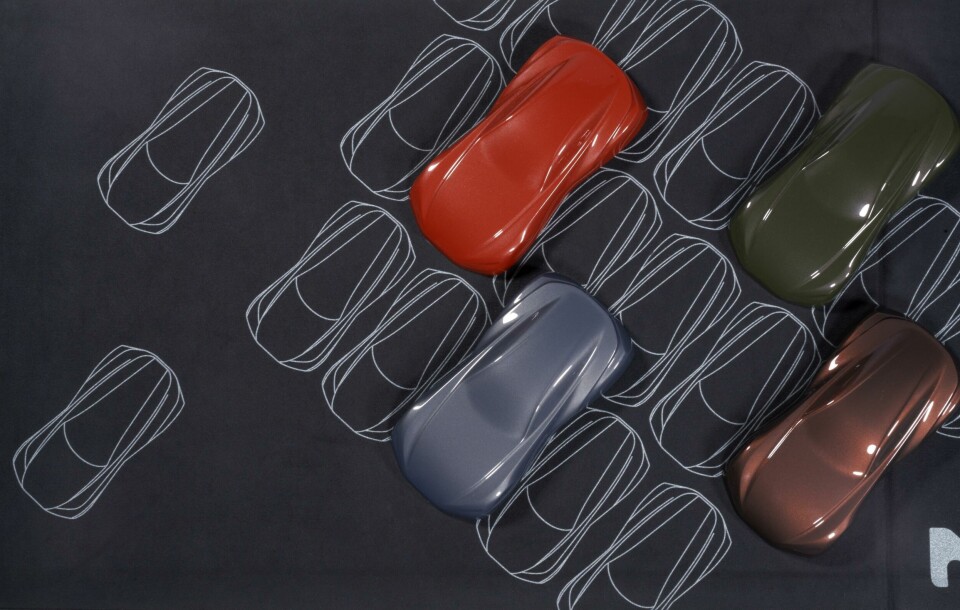
Thinking outside the box – how Merck is reshaping CMF exploration
PARTNER CONTENT
This content was paid for by Merck and produced in partnership with Car Design News
Merck has devised a new story-telling solution that puts the latest trends and technologies on the desk of CMF designers, kickstarting a conversation among various stakeholders and giving solid answers to real problems
Trend forecasting is a never-ending process, requiring agility, constant iteration and products that are on trend but also timeless. This can be a lot to stomach for design teams that are already under pressure. To make life easier for everyone and to rethink how CMF is explored, Merck has created a new solution in a convenient package: the MBOX.
Inside awaits a tailored trend forecast and a huge range of CMF samples produced in conjunction with a wide mix of players, each bringing their own specialised expertise in various technologies. “We hear so many times that designers simply don’t have time to try out things, and this is where we can support them,” says Dominik Eisend, senior manager for creative design at Merck Group.
Each sample details the players involved, the technology used to make it, the name of the CMF story and other useful details. From there, things really get going – the MBOX acts as a catalyst for creativity and gets discussions flowing between various players. “It’s a new approach to have multiple stories that enable these product solutions,” says Eisend, “with a unique collaboration between companies big and small who all want to push the boundaries of what is possible.”
This is a platform for exchange, plotting solutions and questioning the status quo
Following the MBOX, Merck then facilitates live workshops so designers can dig a little deeper and engage with those who have helped to create the samples. The combination of mail-order product and follow-up discussion is proving quite the success. “So far, feedback has been very positive,” says Eisend. “This is a platform for exchange, plotting solutions and questioning the status quo of aesthetics, functonality and sustainability, and the MBOX is the perfect format to do all that.”

Indeed, you cannot talk CMF without raising the issue of sustainability. Designers are being pushed to consider new materials and experiment with sustainable alternatives. The MBOX helps them do that, showcasing what is available on the market and, importantly, what is available now for mass production. One CMF story shows how food waste materials can combine with recycled polypropene to create a stone-like aesthetic using laser marking on the top surface.
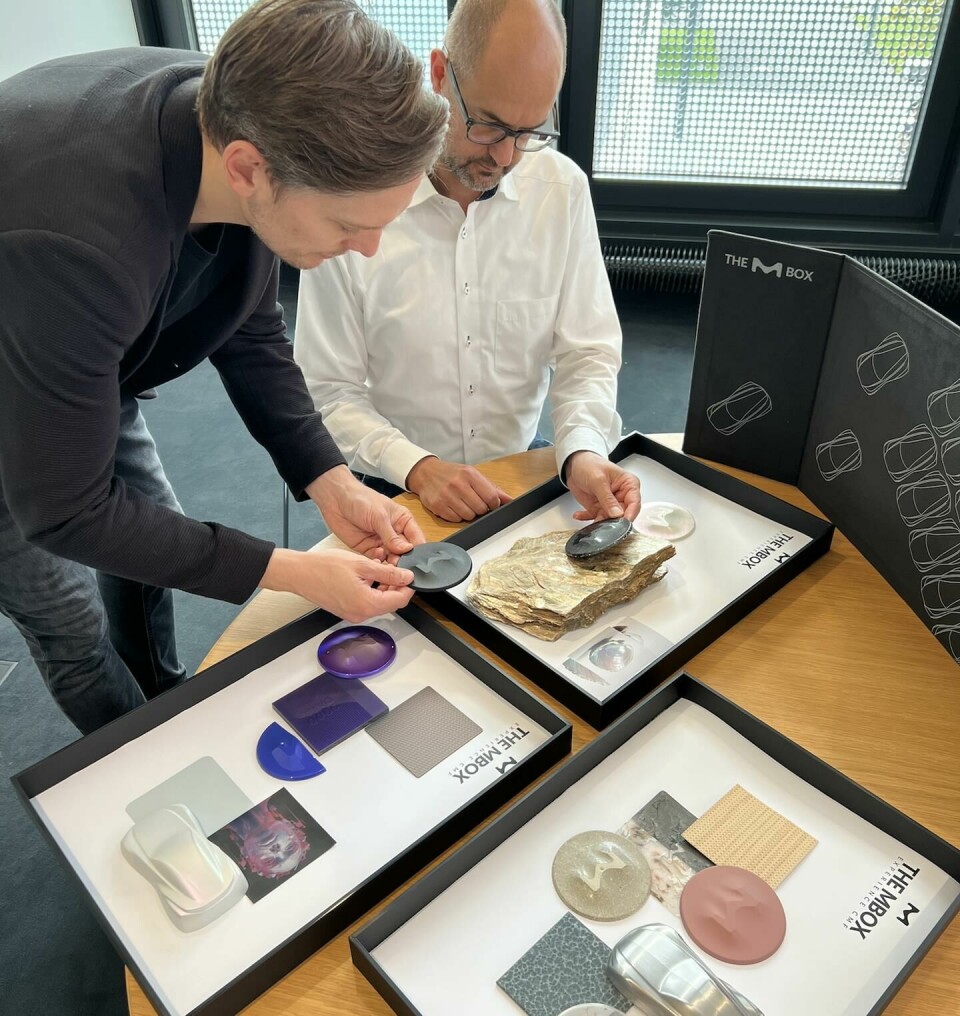
“This gives a completely new alternative for plastics, using different viscosities to almost create art pieces,” explains Eisend. “We are very transparent on CO2e levels of the colours; each colour clearly shows the product carbon footprint (PCF) so you can design colours based on your needs,” he adds.
“We wanted to trigger these conversations with our customers, because when it comes to sustainability, you need so much more than just a beautiful colour – you need circular streams and to ultimately redesign the boundaries of technical applications. With the MBOX, we really think this changes the game.”
We wanted to focus on the application of these products, rather than just showing a beautiful colour swatch
CMF trends are constantly evolving and the MBOX will be continually refreshed and tailored to each recipient, curating what the team describes as a “story” as opposed to a collection of random items. Perhaps the most useful element will be seeing how production techniques are evolving alongside material innovation.
For example, it is easy to envision how a spray-coated wood veneer might pair with a recycled polypropylene or flamed glass panel. “I love Italian marble and terrazzo, too, so we have come up with what we call Laserazzo,” notes Eisend, “which gives an irregular speckled finish by a new laser marking additive.”
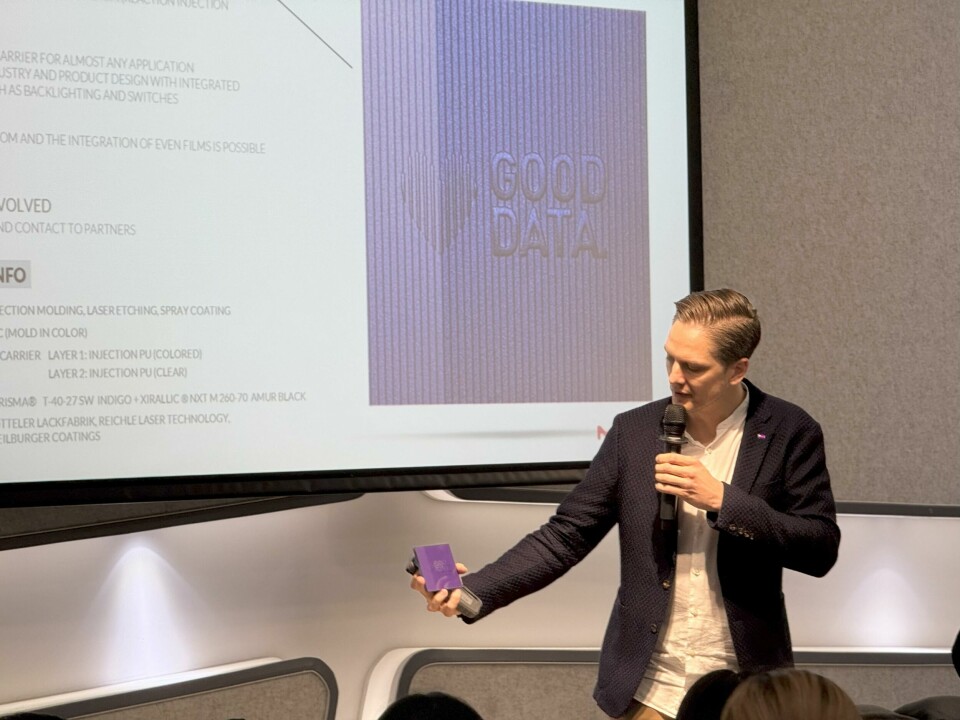
Another interesting opportunity is around laser etching, meaning designers can replace unsightly stickers with permanent etchings, for example on a battery pack.
“We wanted to focus on the application of these products, rather than just showing a beautiful colour swatch,” concludes Eisend. “That was fine in the 2000s, but things have changed. There is much more pressure for creative industries to evolve, and with so many new car brands entering the market the industry is being pushed to find the next new thing, to build distinct brands, meet cost pressures and create new experiences.”
